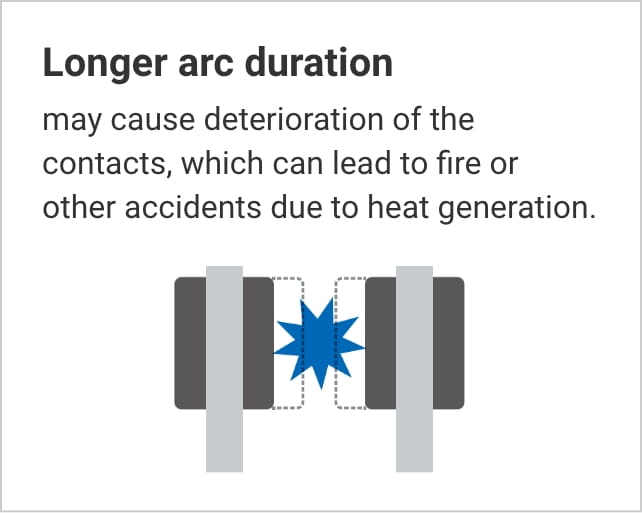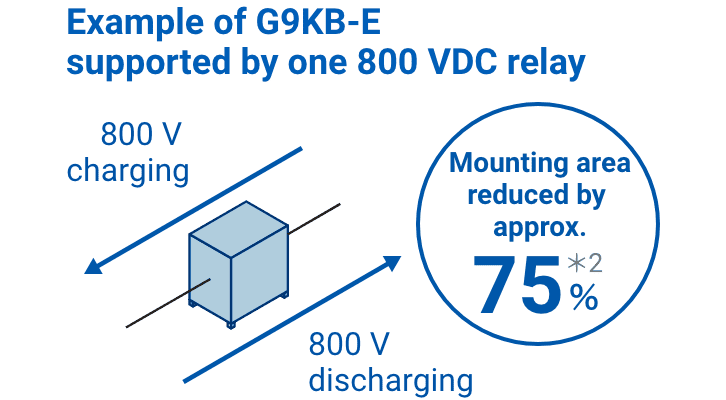vol.286 November 2024



Supporting the expansion of DC grids with “safe and secure interruption”
The need for PV and ESS is expanding as carbon neutrality accelerates. DC grids are used, which are driven directly by DC without AC conversion, as a method to efficiently utilize the electricity generated by these DCs. Japan eagerly awaits the implementation of DC grids. The need for DC interruption capability will expand in proportion to the progress of DC grid implementation and deployment. Furthermore, DC interruption requires safe arc control and miniaturization. OMRON’s DC relays contribute to the design of compact and highly functional products by making full use of numerous technologies for safe interruption.
Arc control during DC interruption is one of the challenges of implementing DC grids



Three arc control methods are available.


OMRON contributes to the miniaturization of equipment with its compact design and bidirectionally switchable relays.


Reducing the number of mounted components by supporting high-capacity and bidirectional switching
Systems with 800 VDC charging/discharging


*1. Maximum 600 VDC when switching 100 A
*2. Comparison of mounting area with conventional relays
* Contents as of October 2024.
In the interest of product improvement, specifications are subject to change without notice

